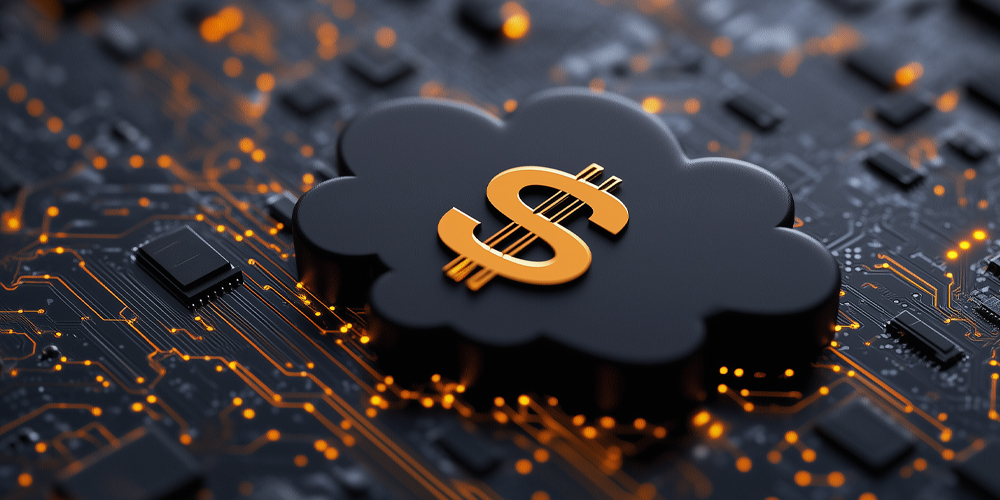How Generative AI is Changing Digital Art Creation
In the ever-evolving world of digital art, AI-powered tools are making a significant impact. Adobe’s latest innovation, AI-powered Photoshop, is transforming the way artists and designers create. This article explores how generative AI is revolutionizing digital art creation, its current capabilities, and what the future holds.
Introduction to AI-Powered Photoshop
AI-powered Photoshop integrates artificial intelligence into Adobe’s flagship photo editing software. This advancement leverages machine learning and generative algorithms to enhance creativity and streamline workflows. By automating complex tasks, AI tools allow artists to focus more on their creative vision.
The Rise of Generative AI in Art
Generative AI refers to algorithms that can create new content by learning from existing data. This technology is increasingly used in digital art to generate unique designs, styles, and effects. In Photoshop, generative AI helps artists achieve results that would be time-consuming or impossible with traditional methods.
Key Features of AI-Powered Photoshop
AI-powered Photoshop includes several groundbreaking features that leverage generative AI to assist artists.
Content-Aware Fill
One of the most popular features is Content-Aware Fill. This tool automatically removes unwanted elements from an image and fills in the gaps with contextually appropriate content. The AI analyzes the surrounding pixels to generate seamless fills, making it ideal for retouching and object removal.
Neural Filters
Neural Filters use machine learning to apply artistic effects and adjustments to photos. These filters can change facial expressions, age, or even the season of a photo. For instance, artists can use neural filters to transform a summer scene into a winter wonderland.
Sky Replacement
The Sky Replacement tool allows users to replace the sky in their images with just a few clicks. The AI identifies the sky area and seamlessly integrates a new sky, whether it’s a sunset, storm, or starry night. This feature is particularly useful for landscape photography.
Smart Portrait Adjustments
Smart Portrait Adjustments enable users to modify facial features and expressions. The AI analyzes the photo to make realistic adjustments to eyes, lips, and overall facial structure. This feature is a game-changer for portrait photographers and digital artists alike.
How AI is Enhancing Creativity
AI tools in Photoshop are not just about automating tasks; they are enhancing creativity in profound ways.
Inspiration and Idea Generation
Generative AI can provide artists with new ideas and inspirations. By analyzing existing artworks and styles, AI can suggest unique design elements and compositions. This can lead to innovative and unexpected results that push the boundaries of traditional art.
Speed and Efficiency
AI-powered features significantly speed up the creative process. Tasks that used to take hours can now be completed in minutes. This efficiency allows artists to experiment more and refine their work with greater ease.
Customization and Personalization
AI tools offer a high degree of customization. Artists can tweak and adjust the AI-generated elements to match their vision perfectly. This flexibility ensures that the final artwork remains true to the artist’s intent while benefiting from AI’s capabilities.
The Impact of AI on the Art World
The integration of AI into Photoshop and other creative tools is having a profound impact on the art world.
Accessibility for Non-Artists
AI tools make high-quality design accessible to those without extensive artistic training. Individuals and businesses can create professional-looking visuals quickly, which democratizes access to design and art creation.
New Artistic Possibilities
AI introduces new artistic possibilities that were previously unimaginable. Artists can explore new styles, techniques, and effects that are generated by the AI. This opens up exciting avenues for creativity and expression.
Ethical Considerations
With the rise of AI in art, there are ethical considerations to address. Issues such as copyright, originality, and the role of human creativity come into play. It’s important for the art community to navigate these challenges thoughtfully.
Current Trends in AI-Powered Art
As of late 2024, several trends are emerging in the field of AI-powered art.
Increased Collaboration
More artists are collaborating with AI to push the boundaries of digital art. These collaborations often result in unique and innovative pieces that blend human creativity with AI’s capabilities.
Advancements in AI Algorithms
AI algorithms are becoming more sophisticated. Recent advancements allow for more nuanced and detailed outputs. This improves the quality and realism of AI-generated art.
Integration with Other Creative Tools
AI-powered tools are increasingly being integrated with other creative software. This integration enhances workflow efficiency and allows for seamless transitions between different tools and platforms.
Case Studies: AI-Powered Art in Action
Several notable case studies highlight the impact of AI-powered Photoshop on digital art.
Case Study 1: Professional Photography
A professional photographer used Photoshop’s Neural Filters to enhance a series of portraits for a fashion campaign. The filters enabled subtle adjustments to facial expressions and skin tones, resulting in striking images that captured the essence of the campaign.
Case Study 2: Digital Art Projects
An emerging digital artist incorporated Sky Replacement and Content-Aware Fill into their landscape paintings. These tools helped create immersive and visually stunning environments that garnered widespread acclaim in online art communities.
Case Study 3: Marketing and Advertising
A marketing agency utilized AI-powered Photoshop to create eye-catching advertisements quickly. The agency used Smart Portrait Adjustments to tailor ads to specific demographics, increasing engagement and conversion rates.
The Future of AI in Digital Art
Looking ahead, the role of AI in digital art is expected to grow and evolve.
Continued Innovation
AI technology will continue to advance, leading to even more powerful and versatile tools. Future innovations may include more intuitive interfaces and enhanced capabilities for creative expression.
Greater Personalization
Future AI tools will likely offer even greater personalization options. Artists will have more control over how AI assists in their creative processes, allowing for highly customized results.
Expanded Applications
AI-powered tools will find applications beyond Photoshop, including in animation, video editing, and virtual reality. This expansion will further integrate AI into various aspects of digital art creation.
Conclusion
AI-powered Photoshop is revolutionizing digital art creation by integrating advanced AI technologies. From Content-Aware Fill to Neural Filters, these tools are enhancing creativity, speeding up workflows, and opening new artistic possibilities. While ethical considerations remain, the impact of AI on the art world is undeniable. As technology continues to advance, AI will play an increasingly crucial role in shaping the future of digital art. For the latest updates and insights into AI innovations, visit myupdate.news .






